No Products in the Cart
FREE DELIVERY on orders over £50

Have a dog over 7 years old? - They qualify for FREE membership to our Senior Dog Club
|

Have a dog over 7 years old? - They qualify for FREE membership to our Senior Dog Club
We are lucky to have a large choice of different dog and cat foods but how do you decide between feeding wet, dry or a mixture of both to our dogs and cats? Is there a quality difference or is it down to individual preference?
The good news is that you can get super premium wet and dry foods, it’s not the case that wet food is better for pet health than dry food or vice versa. However, there are certain circumstances when you might want to feed one instead of the other.
Wet food
Wet food contains a higher water content than dry food. This means you have to feed a lot more of it than dry food and it can make daily feeding costs higher. However, wet food can be extremely useful if you have a cat or a dog that doesn’t drink very much and is prone to urinary problems. Wet food is usually sealed in cans, trays or pouches which preserves the food, but once opened, wet food does need to be refrigerated if it’s not used straight away.
Many dogs and cats find wet food more appetising and it can be useful for fussy, elderly or poorly pets to encourage them to eat, it can easily be warmed up to further entice them. Elderly pets with dental issues might find chewing wet food easier than hard kibble.
Another benefit of wet food is the higher water content and feeding amounts. It can help to make some pets feel fuller and therefore hungry dogs might be more satisfied on this type of diet or a combination of wet and dry.
Dry food
Despite some beliefs, dry food can still contain high levels of high-quality meat. The dried ingredients are concentrated so the feeding amounts are lower making this an economical way to feed. It is also a very convenient way to feed as dry food can be left down, even in warmer weather where wet food might attract insects. Unlike wet food, dry food does require the addition of preservatives to keep the food fresh. The good news is that there are several natural preservatives such as Vitamin E, Vitamin C and Rosemary extract that can be used instead of artificial ones.
Dry food can be scatter fed or used in feeding toys making it a great type of food for preventing mealtime boredom for both dogs and cats. You can also use dry food as extra training treats if necessary.
It’s thought that crunching on dry food may help to reduce tooth tartar when compared to pets fed on moist food, however several studies show that this is not the case. There are specific dry dental foods though, which work by having a fibrous texture to help clean the teeth.
Wet, dry or both?
There are pros and cons of both wet and dry food and many owners choose to feed a mixture of both. Whatever you decide to feed, try to ensure that you pick a food that tells you exactly what’s in it, avoid diets that state ‘cereals’ or ‘derivatives’ and look for foods which are free from colourings and artificial additives.
References:
‘Impact of nutrition on dental issues in companion animals’ Marge Chandler, October 2014
www.vettimes.co.uk/article/imp...
What our customers say
Read our reviewsDelivered to your door
FREE DELIVERY on orders over £50What’s in our food?
Find out more about recipes and ingredientsVet Know-how
Read our helpful expert tips




